Biometric Tech: Unlocking the Next Generation of Security
24 January 2025
Imagine walking into your office, and instead of fumbling with keys or typing in a password, the door opens effortlessly because it recognizes your face. Or how about paying for your groceries with just a glance at the checkout counter? This isn’t a scene from a futuristic science fiction movie; it’s the reality brought to life by biometric technology.
Biometric tech is revolutionizing how we think about security and convenience, making our lives both safer and simpler. But what exactly is biometric technology? How is it powering the next generation of security systems? And why should we care?
In this article, we’ll explore all that and more. Let’s dive in.

What is Biometric Technology?
Before we get into the nitty-gritty, let’s break down what biometric technology actually is. Simply put, biometric technology refers to the use of biological data—like your fingerprints, facial features, iris patterns, and even voice—to verify your identity. These are things that are unique to you, much like your DNA.In contrast to passwords or PINs, which can be forgotten, stolen, or hacked, your biometric data is yours alone. It’s as personal as it gets. And here’s the kicker: every time you use biometric tech, you're leveraging something you already have—your body.
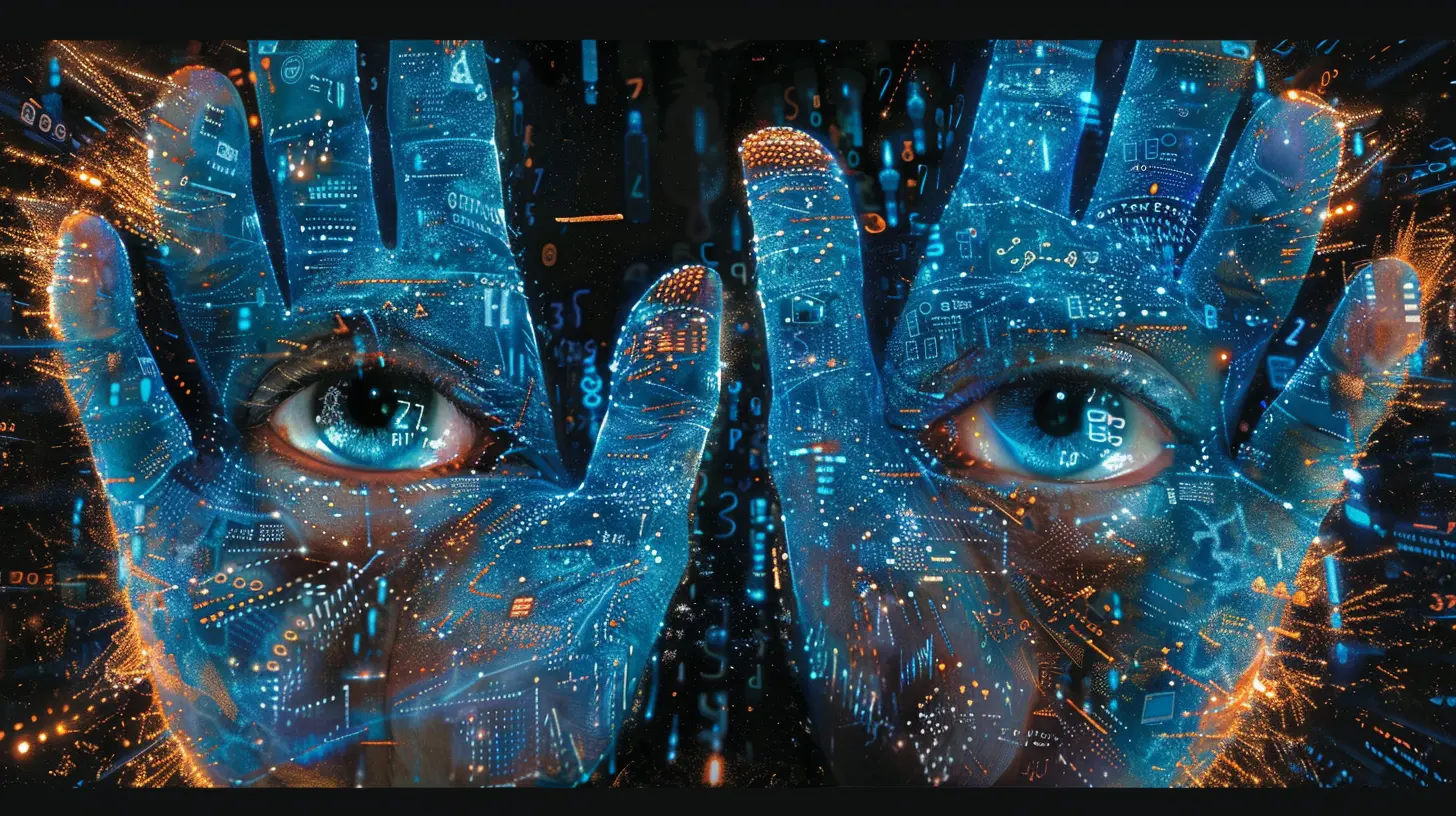
The Evolution of Biometrics
Let’s rewind for a moment. Biometric identification is not as new as it may seem. In fact, the first known use of biometrics dates back to ancient Babylon, where fingerprints were used as signatures on clay tablets. Fast forward to the 19th century, and law enforcement agencies began using fingerprints to identify criminals.However, it wasn’t until the rise of digital technology that biometrics truly took off. Early biometric systems were clunky, expensive, and not all that reliable. But with massive advancements in sensors, artificial intelligence, and data analysis, biometric tech has evolved into a sleek, efficient, and highly accurate security tool.
Today, biometric systems are being used in a variety of industries—ranging from banking and healthcare to travel and retail. It’s no longer just about fingerprints either; we’re talking facial recognition, voice authentication, and even behavioral biometrics.
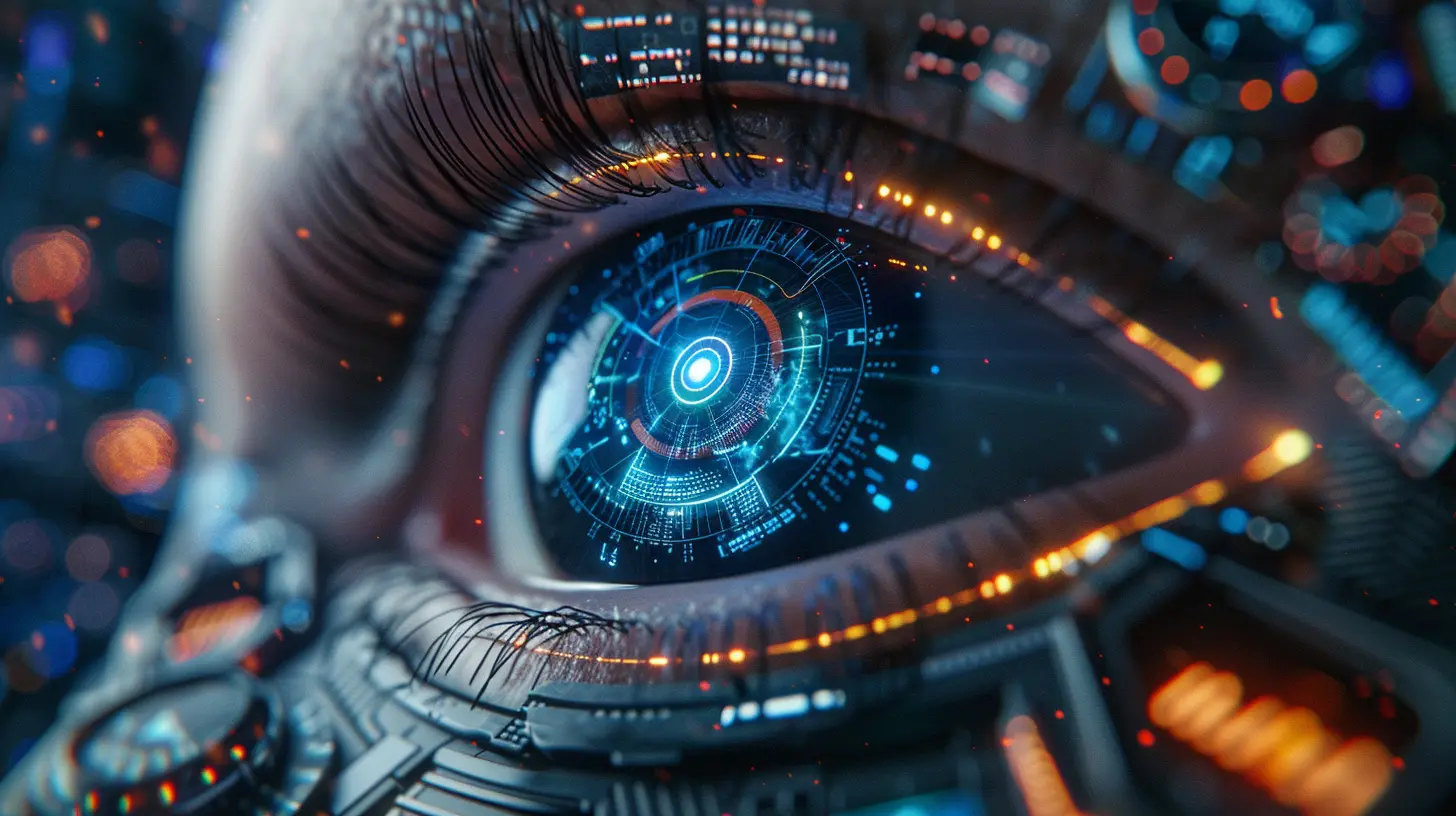
Types of Biometric Technology
There’s more than one way for a system to verify who you are using biometric data. Let’s take a closer look at the most common types of biometric technologies that are reshaping the security landscape:1. Fingerprint Recognition
This is the OG of biometric tech. You’ve probably used it if you’ve ever unlocked your smartphone with your thumb. A fingerprint scanner captures the unique ridges and valleys of your fingerprint and compares them to a database to verify your identity.Fingerprint recognition is fast, easy, and reliable, which is why it’s so widely used. However, like any system, it has its limits—dirty or wet fingers can sometimes trip up the sensor.
2. Facial Recognition
Facial recognition is quickly becoming the poster child of biometric security. Whether you’re unlocking your phone or passing through airport security, facial recognition systems scan the geometry of your face—like the distance between your eyes, the width of your nose, and the contours of your jawline.What makes it even cooler? It can work from a distance. No need to touch anything. Just show your face, and you’re good to go.
3. Iris and Retina Scanning
The eyes are often called the “windows to the soul,” but did you know they’re also windows to your identity? Iris and retina scanning technology takes a close look at the unique patterns in your eyes. The iris (the colored part of your eye) and the retina (the layer at the back of your eye) have patterns that are just as unique as your fingerprints.Iris scanning, in particular, is considered one of the most accurate forms of biometric authentication, but it’s still not as widely adopted due to its cost and the need for special equipment.
4. Voice Recognition
Ever called your bank and been asked to speak a few phrases to verify your identity? That’s voice recognition in action. Voice biometrics analyze the unique vocal characteristics—like pitch, tone, and rhythm—of a person’s speech.It’s a useful tool for industries like banking and customer service, but it’s worth mentioning that voice recognition can be tricked by high-quality audio recordings. Still, advances in AI are making it harder for fraudsters to fool these systems.
5. Behavioral Biometrics
Here’s a type of biometrics you might not have heard about yet—behavioral biometrics. This tech doesn’t just look at what you are; it looks at how you do things. For example, how fast you type, how you use your mouse, or how you hold your phone. It builds a profile of your unique behavior patterns, which can then be used to confirm your identity.Behavioral biometrics is especially useful for fraud detection in online transactions. Even if someone steals your password, they won’t be able to replicate how you interact with your devices.
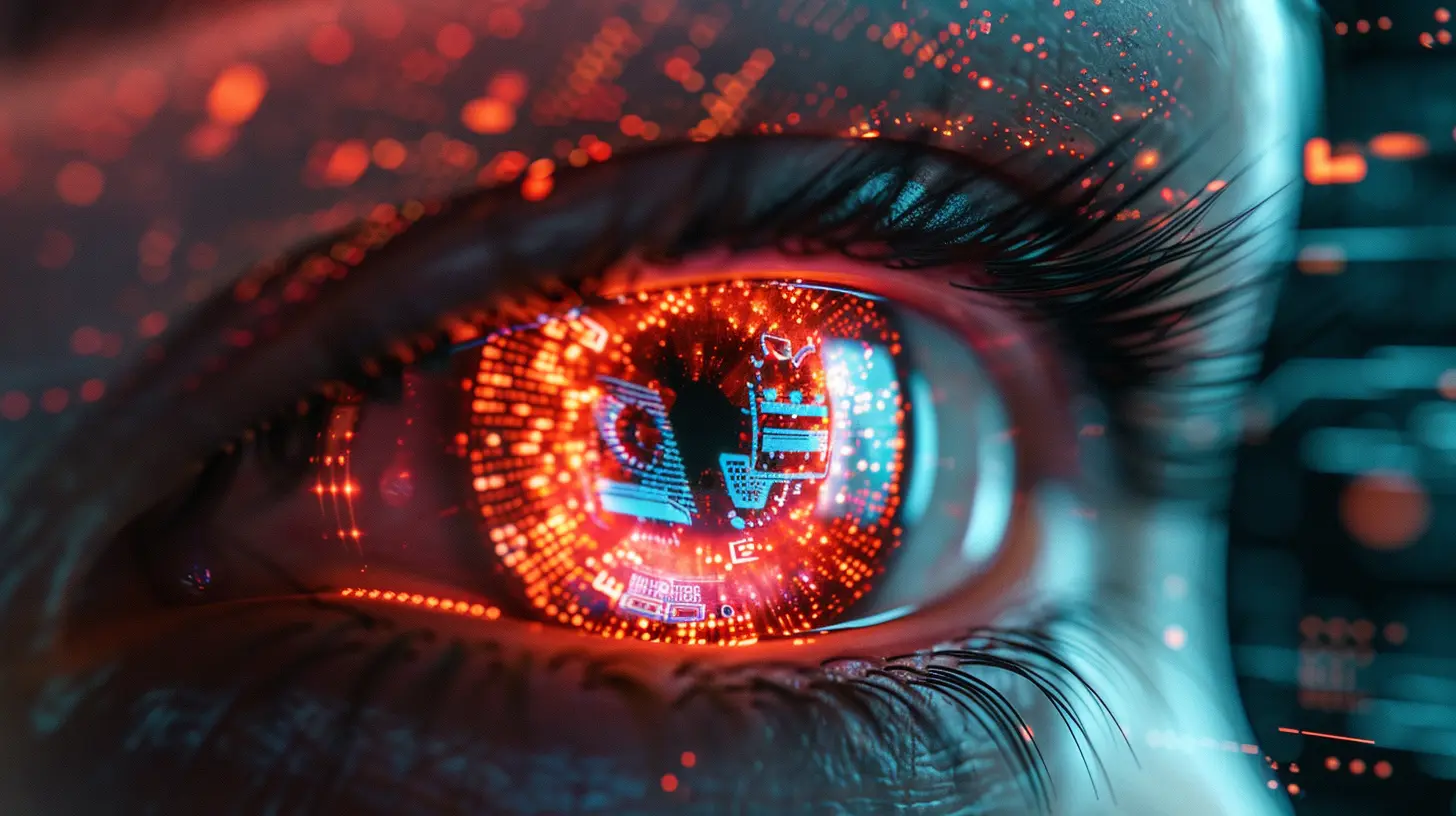
Why Biometric Tech Matters for Security
Let’s face it: traditional passwords are a pain. We’ve all been there—forgotten passwords, weak passwords, or worse, using the same password for everything. Not to mention, passwords are vulnerable to hacking, phishing, and all sorts of cyberattacks.Biometric technology addresses many of these issues head-on by offering something that’s unique and difficult to replicate: YOU. Your fingerprint, face, or voice can’t be guessed or stolen in the same way a password can. While no system is completely foolproof, biometrics add an extra layer of security that’s much harder for cybercriminals to crack.
The Rise of Multi-Factor Authentication (MFA)
Biometric tech is often combined with other forms of security, like passwords or tokens, to create multi-factor authentication (MFA) systems. Think of it as adding extra locks to your door. Even if someone has your password, they’ll still need to provide a fingerprint or another biometric factor to get in.This layered approach drastically reduces the chances of unauthorized access, making it a go-to for industries dealing with sensitive data, like banking or healthcare.
Privacy Concerns: The Other Side of the Coin
As amazing as biometric technology is, it’s not without its share of controversy. One of the biggest concerns? Privacy.Biometric data is incredibly sensitive. If your fingerprint or face scan gets hacked, you can’t exactly change it like you would a password. And as more companies and governments adopt biometric systems, questions are being raised about how this data is being stored, used, and protected.
Data Storage and Security
Biometric data has to be stored somewhere, and this storage is often a prime target for hackers. If a database containing biometric data is breached, the consequences could be dire. To mitigate this, many systems use encryption and decentralized storage solutions to keep biometric data safe.Consent and Surveillance
Then there’s the issue of consent. Are you always aware when your biometric data is being collected? In some cases, like public facial recognition systems, individuals might be scanned without their knowledge—raising ethical questions about surveillance and privacy rights.These concerns are not trivial, and as biometric tech continues to spread, it’s likely that regulations and safeguards will have to catch up.
The Future of Biometric Technology
So, what’s next for biometric tech? Well, we’re likely to see even more advanced forms of biometrics in the near future. Some exciting developments include:1. DNA Recognition
Imagine a world where your DNA becomes the ultimate security key. While still in its infancy, DNA recognition could offer an even greater level of accuracy than current biometric methods. However, it also raises a whole new set of ethical and privacy questions.2. Wearable Biometrics
With the rise of smartwatches and fitness trackers, wearable biometrics could soon become part of our daily lives. These devices could monitor your heartbeat, sweat levels, or even brainwaves to verify your identity.3. Biometric Payments
We’re already seeing biometric payments in action with facial recognition payment systems in places like China. But this could become the global norm in the future, reducing the need for cards or cash altogether.Wrapping It Up
Biometric technology is unlocking the next generation of security, offering a convenient, fast, and—most importantly—secure way to verify your identity. From fingerprint scanners to facial recognition and beyond, biometrics are changing how we interact with the world around us.But, as with all technological advancements, it’s essential to balance convenience with privacy and security. As we move forward, the conversation around biometric tech will continue to evolve, with new innovations, challenges, and opportunities on the horizon.
One thing’s for sure: in the world of security, biometrics are here to stay, and they’re just getting started.
all images in this post were generated using AI tools
Category:
Tech TrendsAuthor:

Gabriel Sullivan
Discussion
rate this article
21 comments
Uriah McQuillan
Is our identity truly ours, or just a code waiting to be cracked?
March 24, 2025 at 4:46 AM

Gabriel Sullivan
Identity is a complex interplay of personal experience and biological traits; biometric tech helps us secure it, but it also raises questions about privacy and ownership.
Uzi Roberts
Biometric technology revolutionizes security by offering unique user identification methods like fingerprints and facial recognition, enhancing protection while streamlining access across various applications and devices.
February 11, 2025 at 5:50 AM

Gabriel Sullivan
Thank you for your insightful comment! I completely agree that biometric technology significantly enhances security and user experience through unique identification methods.
Capri Beck
Great article! The advancements in biometric technology are truly fascinating and hold immense potential for enhancing security. It's exciting to see how these innovations can transform our interactions with devices and safeguard our personal information. Looking forward to more developments!
February 7, 2025 at 7:45 PM

Gabriel Sullivan
Thank you for your positive feedback! I’m glad you found the advancements in biometric technology intriguing. Exciting times lie ahead!
Quinn Holland
Biometric technology is revolutionizing security by blending convenience with robust protection. As we embrace this next generation, it’s crucial to prioritize privacy and ethical considerations. The future of secure authentication is here, and it’s time we harness its full potential.
February 5, 2025 at 8:40 PM

Gabriel Sullivan
Thank you for your insightful comment! I completely agree that while biometric technology offers incredible advancements in security, we must remain vigilant about privacy and ethical implications as we move forward.
Cash Wood
Exciting times ahead! Biometric tech feels like the future, blending convenience with top-notch security!
February 5, 2025 at 1:55 PM

Gabriel Sullivan
Absolutely! Biometric technology is indeed paving the way for a more secure and convenient future. Exciting advancements are just around the corner!
Faryn McTigue
Biometric tech isn’t just a trend—it’s the key to a future where security is seamless, intuitive, and uniquely ours. Let’s hope hackers are still using passwords!
February 5, 2025 at 4:38 AM

Gabriel Sullivan
Absolutely! Biometric technology indeed offers a unique and secure approach to safeguarding our digital lives, making the future of security more intuitive and user-friendly.
Ian Harmon
Great insights on biometric tech! It's fascinating to see how these innovations can enhance security. However, I hope we also consider privacy concerns as we embrace these advancements for a balanced approach to safety.
February 3, 2025 at 12:40 PM

Gabriel Sullivan
Thank you for your thoughtful comment! Balancing innovation and privacy is crucial as we advance biometric technology. It's important to address these concerns while enhancing security.
Nix Lambert
Biometric tech: because remembering passwords is so last decade! Next up, a fingerprint scanner for my fridge—let's keep my midnight snacks safe!" 🍕🔒
February 3, 2025 at 5:17 AM

Gabriel Sullivan
Exactly! Biometric tech is not just about security; it's also about convenience in our everyday lives—who knew snacks needed safeguarding too? 🍕🔒
Raina Acevedo
Exciting advancements, but privacy concerns.
February 2, 2025 at 7:51 PM

Gabriel Sullivan
Thank you for your comment! Balancing innovation and privacy is crucial as we advance biometric technology. Ongoing discussions and regulations will be vital in addressing these concerns.
Tatianna Wood
Finally, tech that knows my face better than I do!
February 2, 2025 at 12:44 PM

Gabriel Sullivan
Indeed, it's fascinating how biometric tech enhances security while personalizing our experiences!
Mira McClure
Amidst whispers of hidden algorithms and unseen vulnerabilities, biometric tech promises a secure future. Yet, as we unlock our identities, what secret doors might we be opening? The convergence of convenience and risk beckons us to step cautiously into tomorrow.
February 2, 2025 at 4:09 AM

Gabriel Sullivan
Thank you for your insightful comment! Indeed, while biometric technology offers enhanced security, it also raises important questions about privacy and potential misuse that we must carefully consider as we move forward.
Cruz Edwards
Biometric technology promises enhanced security, but we must carefully consider privacy implications and potential vulnerabilities as it evolves.
February 1, 2025 at 7:19 PM

Gabriel Sullivan
Thank you for your insightful comment! Balancing enhanced security with privacy and potential vulnerabilities is crucial as biometric technology advances. Your perspective highlights an important aspect of this evolving field.
Raven McClintock
Revolutionizing security with biometric innovation!
February 1, 2025 at 5:27 AM

Gabriel Sullivan
Thank you! It's exciting to see how biometric technology is transforming security and enhancing protection in unprecedented ways.
Zephira Sawyer
This article provides an insightful overview of biometric technology's transformative potential in security. It's exciting to see how innovations in this field can enhance user convenience while addressing privacy concerns. Looking forward to seeing how this technology evolves in real-world applications!
January 29, 2025 at 8:01 PM

Gabriel Sullivan
Thank you for your thoughtful comment! I'm glad you found the article insightful. Exciting times ahead for biometric technology!
Virginia McCallum
This article expertly highlights the transformative potential of biometric technology in enhancing security measures across various sectors. By delving into innovative applications and addressing privacy concerns, it underscores the balance between convenience and protection, making a compelling case for biometrics as the future of secure authentication.
January 29, 2025 at 5:35 AM

Gabriel Sullivan
Thank you for your insightful comment! I'm glad you found the article emphasizes the crucial balance between innovation and privacy in biometric technology.
Veda McCarty
Finally, my face can unlock my phone—what a revolution!
January 28, 2025 at 12:54 PM

Gabriel Sullivan
Absolutely! Biometric tech is transforming security by making it more convenient and personalized.
Aisha McRae
Biometric technology promises enhanced security, but we must remain vigilant about privacy concerns and potential misuse of personal data.
January 28, 2025 at 3:43 AM

Gabriel Sullivan
Thank you for your insightful comment! Balancing security and privacy is crucial as we advance in biometric technology. It's essential to implement strong safeguards to protect personal data while reaping the benefits of enhanced security.
Chantal James
Biometric tech is like having a superhero sidekick for your security! Forget remembering passwords or scrambling for keys—just a smile or a fingerprint, and boom! You're in. Let’s face it, who wouldn't want to unlock their devices with a little bit of superhero flair?
January 27, 2025 at 8:31 PM

Gabriel Sullivan
Absolutely! Biometric tech brings convenience and flair to security, making access as easy as a smile or a touch. It's the future of seamless protection!
Kingston O'Brien
As biometric technology evolves, it promises unparalleled security and convenience. Yet, we must consider the ethical implications and privacy concerns that accompany its adoption. Balancing innovation with responsibility will determine whether this next generation of security empowers or endangers society.
January 27, 2025 at 5:33 AM

Gabriel Sullivan
Thank you for your insightful comment! It’s crucial to weigh the benefits of biometric technology against ethical and privacy concerns to ensure it serves society responsibly.
Corin Thornton
Exciting times ahead for security tech!
January 24, 2025 at 9:35 PM

Gabriel Sullivan
Absolutely! Biometric tech is set to revolutionize security by enhancing accessibility and protection. Exciting advancements are on the horizon!
Soraya McCarty
Exciting advancements! Future looks promising!
January 24, 2025 at 12:01 PM

Gabriel Sullivan
Thank you! We're thrilled about the potential of biometric tech to enhance security and reshape our future.
MORE POSTS
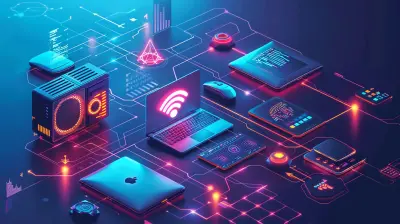
How to Set Up a VPN on Your Router for Enhanced Security

Exploring the Best Action Cameras for Extreme Sports
The Science Behind Fitness Trackers: How They Actually Work
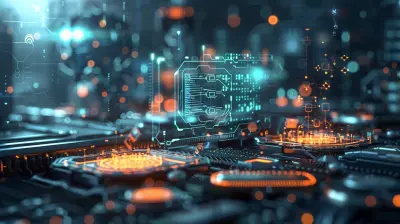
How Nanotechnology is Revolutionizing Gadget Design
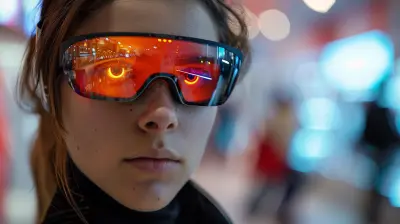
The Next Big Leap in Wearable Tech

Understanding Shared Responsibility in Cloud Security

Data Center Cooling: The Shift from Airflow to Liquid Immersion

How IoT Devices are Enabling Smarter Agriculture
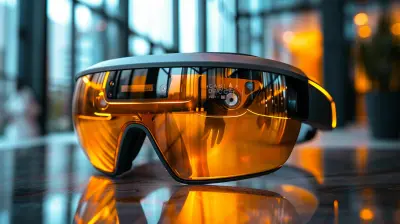
The Challenges and Opportunities in Developing AR Glasses
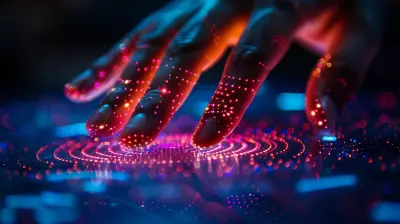
How Advanced Haptics are Enhancing the Gadget Experience

Augmented Reality Glasses for Real Estate: A New Perspective
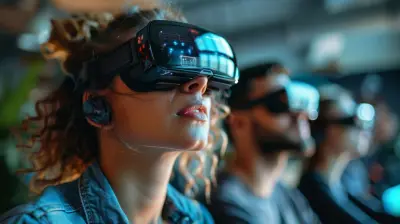
How AR is Merging Physical and Digital Spaces in the Workplace
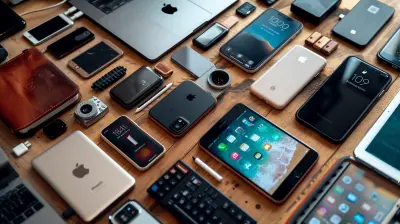
The Compact Revolution: Portable Tech Shrinking in Size, Growing in Power